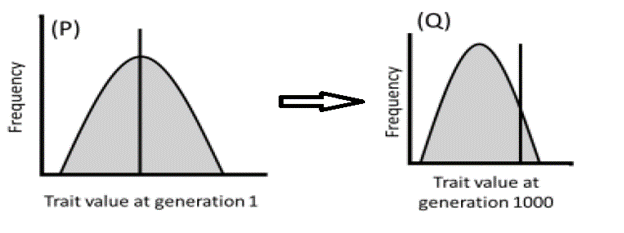#Question id: 11714
#Section 1: Ecology
In recognizing patchiness in the natural world, ecologists have developed three different models of populations. Which of these recognize(s) that there are differences in the quality of habitat patches without considering effects of differences in habitat quality within the habitat matrix?
#Question id: 11715
#Section 1: Ecology
The lifetime dispersal area of a particular species of drosophila is 0.2 km2. What else would we need to know to determine the neighbourhood size for this species?
#Question id: 11716
#Section 1: Ecology
Macroecology addresses patterns of range size and population density. Which of the following statements is true?
#Question id: 11764
#Section 1: Ecology
The mathematical model for geometric growth of a population is identical to the model for exponential growth, except that __________ in the geometric model.
#Question id: 11765
#Section 1: Ecology
The population density of a particular insect species was determined to be 15,000 adults per hectare in the summer of 1996, 21,000 adults per hectare in the summer of 1997, and 29,400 adults per hectare in the summer of 1998. Based on these population estimates, what is your estimate of λ, the annual rate of geometric growth?
#Question id: 11766
#Section 1: Ecology
The population density of a particular insect species was
determined to be 15,000 adults per hectare in the summer of 1996, 21,000 adults
per hectare in the summer of 1997, and 29,400 adults per hectare in the summer
of 1998.
What would you expect the insect population to be in the summer of 2000, assuming no change in λ?

